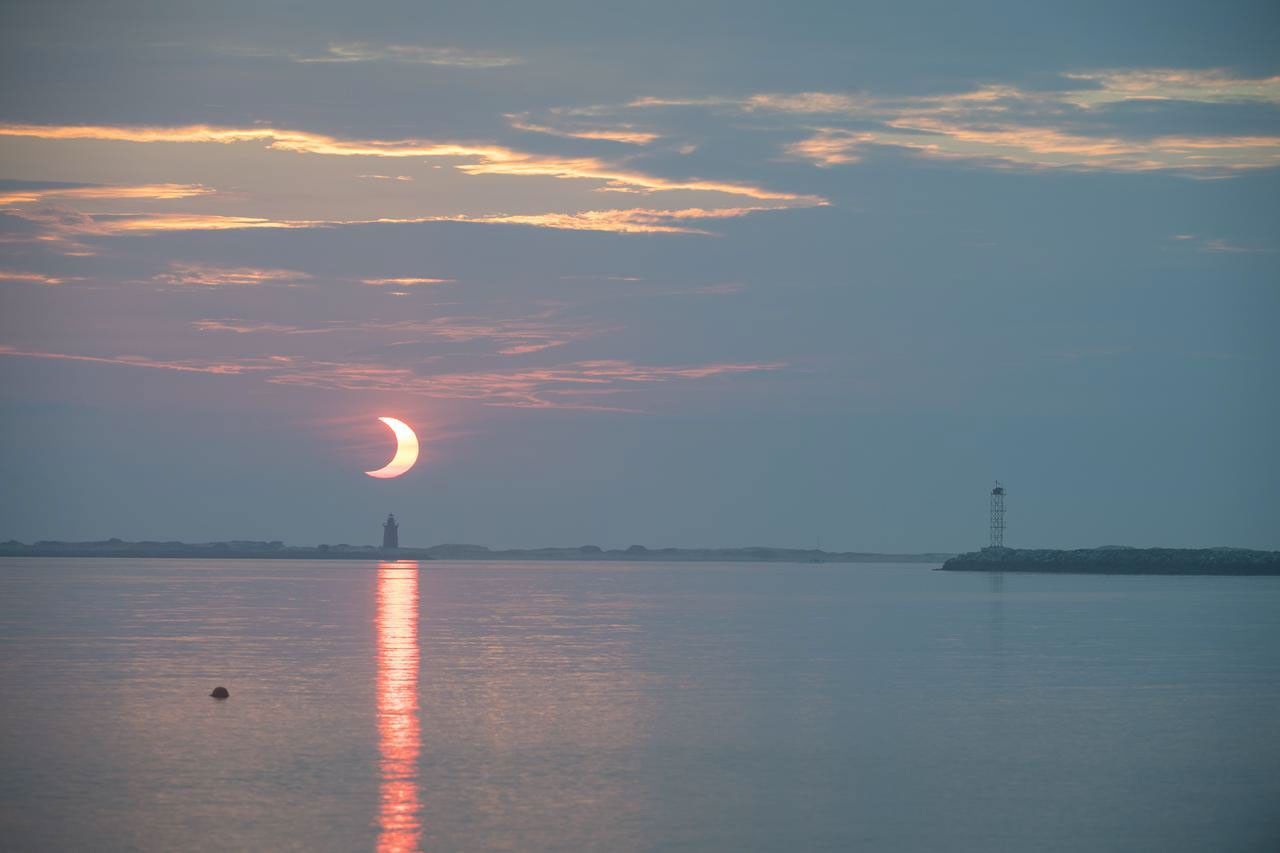Is there water on the Moon?
Actually, yes. But not like we experience here on Earth. On the Moon, water is found all over the surface, but it’s mainly in the form of ice and not pools of liquid water. Some places have more water than others. At the poles of the Moon are areas that never receive any sunlight, and so they’re extremely cold. We call these permanently shadowed regions, and there could be a lot of ice inside them. The ice inside these regions may be mixed in with the lunar soil, buried deep below the surface, or it could be a sheet of ice.
Outside these extremely cold places is much less water, but it’s still there. Surfaces on the Moon that do see sunlight experience extreme temperature changes of 300 Celsius. This makes it hard for water to survive on the sunlit Moon, but the water that does survive is unlike any water we experience here on Earth.
But what does that mean? Imagine you have a handful of sand and you spread the grains of sand out so far that no grain touches another grain. An individual grain of sand represents a single molecule of water. And this is what we observe on the sunlit surface of the Moon. The sunlit Moon, however, has 100 times less water than the Sahara Desert, but the poles of the Moon may contain tons of ice.
So, is there water on the Moon? Yes. And one day, future astronauts may be able to harvest this water and use it for drinkable water, breathable oxygen or rocket fuel to take us farther out into our solar system. Harvesting this water is a critical component of future human deep space exploration, which is why our VIPER rover will be traveling to the Moon’s South Pole to search for ice and other potential resources and determine where they came from. Explore more about this first-of-its-kind rover: https://www.nasa.gov/viper
[END VIDEO TRANSCRIPT]





























